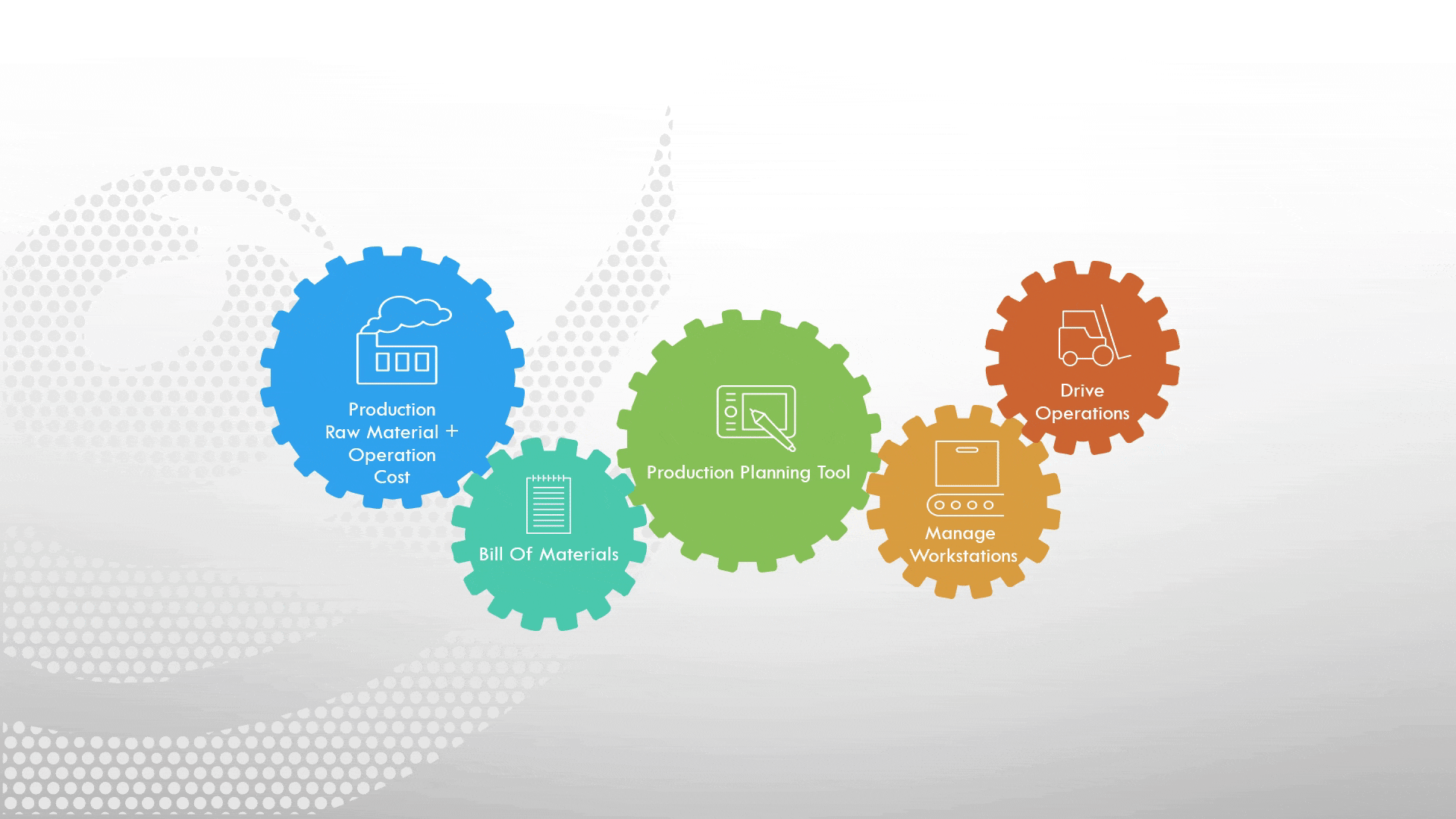Inventory Management in ERP
Inventory is money sitting around in another form. - Rhonda Adams
Discover how ERP systems enhance inventory management through real-time tracking, automated replenishment, and multi-warehouse control. Streamline your operations today.
Creating an Efficient Warehouse Structure with ERP:
Tree Structure of Warehouse:
Establish a hierarchical warehouse structure within your ERP system. This tree-based approach organizes your inventory by zones, bins, and shelves, enabling faster retrieval and streamlined operations. It's a fundamental part of robust inventory management in ERP, offering better control over stock movement and location accuracy.
Serial No/Batch wise Inventory Management:
Enhance traceability with serial number and batch-wise inventory tracking. This ERP feature supports quality audits, warranty management, and regulatory compliance. By enabling an effective inventory tracking system, you ensure complete product lifecycle visibility across the supply chain.
Multiple Price Lists:
ERP solutions allow businesses to maintain multiple price lists for different regions, customer tiers, or sales strategies. This flexibility supports dynamic pricing and is integral to scalable inventory management in ERP.
Pricing Rules:
Set up automated pricing rules within your ERP based on quantity thresholds, customer groups, or promotional campaigns. These dynamic rules reduce manual effort, ensure pricing consistency, and align with your broader ERP warehouse management system strategy.
Quality Control:
Integrate quality control workflows into your ERP to conduct inspections, manage test parameters, and generate quality reports. Seamless quality assurance within your inventory management system helps detect issues early and maintain customer trust.
Product Bundles:
Manage product bundles or kits effortlessly using ERP. Bundling enhances upselling opportunities while allowing your inventory tracking system to adjust stock levels automatically as items are sold individually or as part of a set.
Projected Inventory:
Forecast stock levels with projected inventory capabilities. This ERP feature analyzes demand patterns and historical trends to help you plan replenishments. It ensures better alignment with your inventory management in ERP objectives and reduces stockouts or overstocking.
By leveraging these features in your ERP system, you can establish a well-organized and efficient inventory management process that offers numerous benefits:
Optimized Operations: The hierarchical tree structure improves navigation and speeds up order fulfilment, reinforcing efficient workflows within the ERP warehouse management system.
Traceability and Compliance: With batch and serial number tracking, your inventory tracking system provides end-to-end visibility crucial for recalls and regulatory audits.
Pricing Flexibility: ERP-driven inventory management enables diverse pricing strategies using configurable lists and rules for different customers or markets.
Quality Assurance: Proactive integration of quality control into your ERP inventory system helps maintain high standards and minimizes returns.
Product Bundling: Managing product bundles efficiently allows you to offer attractive package deals and cross-selling opportunities.
Inventory Planning: Projected inventory insights enable accurate forecasting and improve responsiveness to demand shifts strengthening your inventory management in ERP.
By fully utilizing these ERP capabilities, your organization gains a structured, data-driven approach to warehouse and inventory operations. This enhances agility, compliance, and customer satisfaction key pillars of an efficient ERP warehouse management system.
Frequently Asked Questions
Find answers to common questions about our services
Still have questions?
Contact Support



